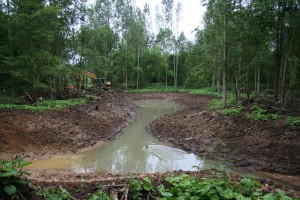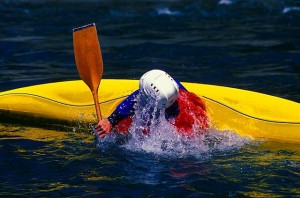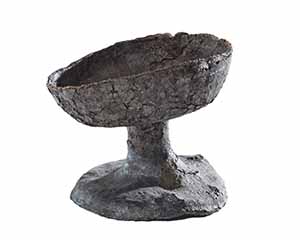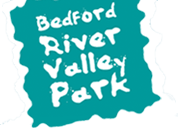The Bedford River Valley Park Framework is based on a thorough analysis of the area’s existing conditions, constraints and opportunities aligned with the contributions and aspirations recorded through an extensive public and stakeholder consultation process. As the Park takes shape over the years to come, and specific projects are brought forward by various partners or consortia, the Framework is expected to evolve and develop. This process will be guided by the following key principles:
Creating a special place
Such an ambitious and imaginative project will transform the image and profile of Bedfordshire. It will become the county’s largest continuous area of publicly accessible green space and will have the potential to support yet more regeneration initiatives.
Nurturing floodplain forest
By reconnecting the River Great Ouse with its floodplain we can create one of England’s largest complexes of woodland, marsh, pools and channels. This sort of habitat is particularly valuable for wildlife and as it matures, this floodplain forest will become a woodland and wetland wildlife habitat of national importance.

New woodland backwater at the Grange Estate connecting the Elstow Brook and River Great Ouse to create wet woodland habitat. Project delivered by the Forest of Marston Vale Trust.
A functional floodplain
The floodplain forest will help to improve water quality in the River Great Ouse by filtering and absorbing discharges, surface and groundwater, and river flows. The floodplain will be brought back into more active use for water management, helping to reduce the risk of local flooding.
Access for all
New routes for cyclists, pedestrians and horse riders will be created to improve access into and around the Park for people of all abilities and backgrounds.
There are great surfaced trails already for walking and cycling, but the future promises much more. Over such a vast area it will be possible to experience the wild, just 3 miles from Bedford town centre. There will be peace and quiet, places for watching wildlife or just relaxing. A beach and lake swimming, live music and a visitor centre are all real possibilities.
Promoting sport and recreation
The Park offers immense opportunities for people to pursue a range of sporting and recreational activities. The area could become host to a centre of excellence for sport and, with the potential construction of an Olympic length watersports lake, could provide a major facility for Bedford, promoting the town’s rowing heritage and allowing other popular local paddle sports such as canoeing and kayaking to flourish.

Bedford is highly regarded in the world of paddle sports with olympic golds being won by members of local clubs including Etienne Stott who is a member of Bedford Viking Kayak Club and winner of a gold medal at the 2012 Summer Olympics
Protecting our inheritance

A lead chalice discovered in the grave of one of the canons (Image courtesy of The Higgins Art Gallery and Museum, Bedford)
The Park area is currently home to existing features of landscape, archaeological, heritage and ecological value. Uniting these elements within the Bedford River Valley Park will provide an opportunity for wide scale landscape enhancement and ecological restoration.
Reducing our carbon footprint
Encouraging renewable energy schemes, such as the growth of energy crops or harnessing wind or water power, will help reduce the production of atmospheric carbon. New expanses of woodland and wetland habitat could be used to further improve the quality of treated effluent from the local sewage works.
Involving people & partnerships
People are central to the success of Bedford River Valley Park and actively engaging local people in designing, creating and enjoying the Park will be key to its sustained success. By bringing together a whole range of people, businesses, government and non-government organisations to work in partnership more can be achieved for the Park than by the constituent organisations acting alone.
